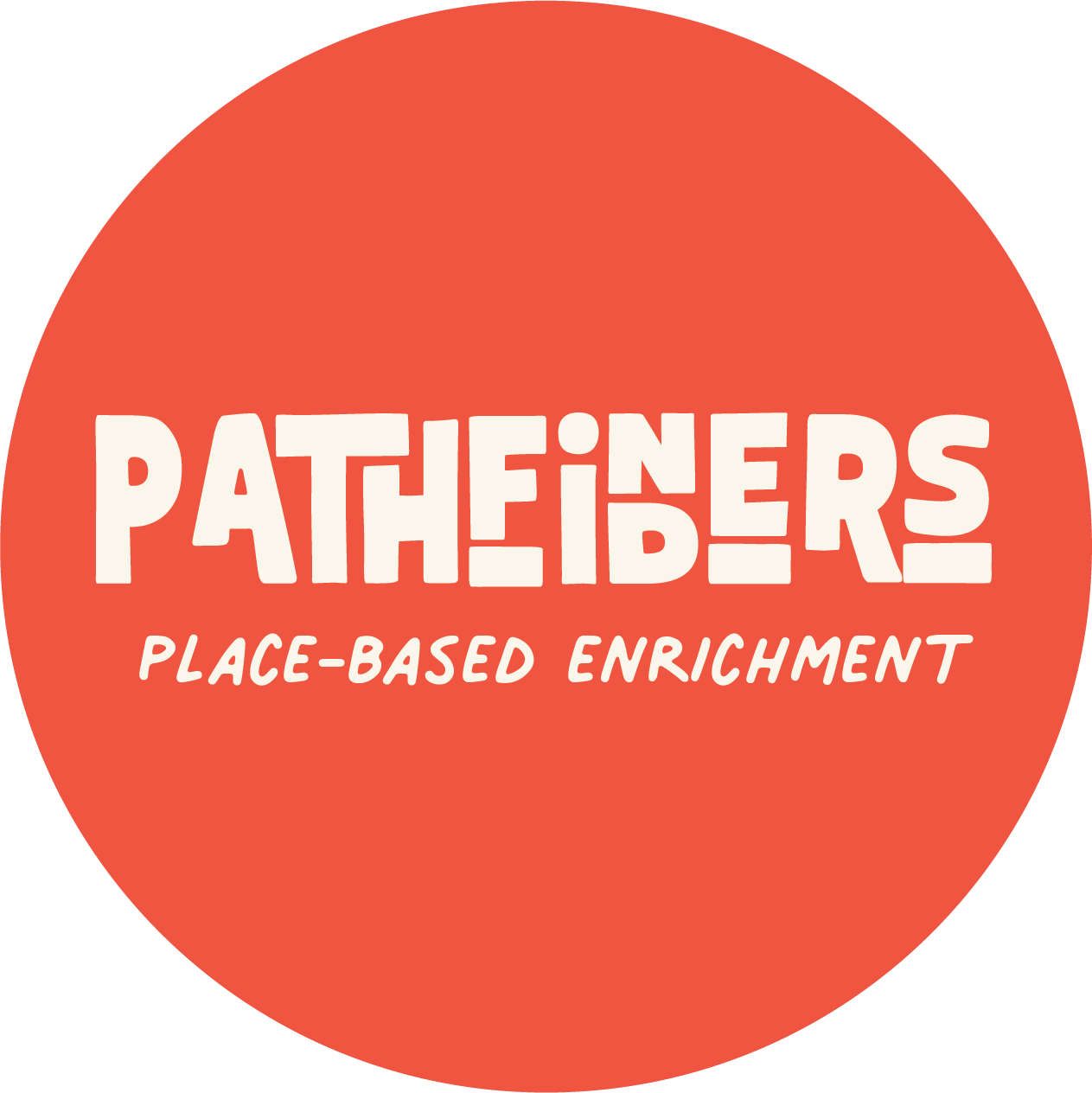3rd-5th grade enrichment
Our 3rd–5th grade Pathfinders program offers a dynamic enrichment experience rooted in place-based learning and real-world exploration. Each session invites students to engage in hands-on projects that integrate elements of English language arts, social studies, science, technology, engineering, art, and math. Through fieldwork, service learning, creative expression, and scientific inquiry, children connect classroom concepts to the world around them. This interdisciplinary approach fosters intellectual curiosity, collaboration, and a sense of purpose—empowering students to become thoughtful, engaged members of their communities.
2025-2026 Sessions
-
Children explore San Diego’s shoreline as a dynamic meeting place between land, water, and community. We study coastal ecosystems through hands-on observation of tidepools, native dune plants, sea bird migrations, and oceanic cycles. As we walk the edges of La Jolla Shores, observe beach erosion at Sunset Cliffs, or sketch boats in the harbor, students grapple with real-world questions: Who protects this coastline? Who has access to it? What does it mean to live at the edge of the ocean? Blending science, storytelling, and stewardship, this region offers rich opportunities to deepen ecoliteracy, explore environmental justice, and develop a sense of connection to the Pacific.
-
In our Urban session, Pathfinders experience San Diego’s cityscape as a living system shaped by people, policies, and histories. Through walking tours, transit rides, mural studies, and interviews with local changemakers, children explore downtown, City Heights, Barrio Logan, and beyond — developing critical awareness of how public spaces are designed and who they serve. We explore how communities express identity, how infrastructure impacts daily life, and how youth voices can shape neighborhoods. Whether studying the trolley system, visiting public libraries, or mapping food deserts, students engage with urban life as both learners and future contributors to the city's evolving story.
-
In Inland Explorers, children journey into the rugged beauty of San Diego’s inland landscapes—from the foothills of Tierrasanta and Santee to the chaparral-covered ridges of Spring Valley, La Mesa, and El Cajon. These lesser-traveled areas offer expansive skies, dry creek beds, native scrub, and traces of long histories—perfect for immersive ecological learning. Throughout the session, students explore erosion patterns, soil types, drought-tolerant plants, and fire ecology, while also reflecting on the ancestral stewardship of the Kumeyaay people. They hike winding trails, observe insect life, map microclimates, and participate in habitat care—developing a lived understanding of what it means to study and tend inland ecosystems.
-
San Diego’s suburban neighborhoods may look quiet on the surface — but they’re filled with patterns, systems, and stories waiting to be uncovered. Through mapping neighborhood infrastructure, noticing the design of parks and sidewalks, exploring irrigation and stormwater, and observing the ways people gather and move, we begin to uncover how communities function and evolve. Whether walking through Tierrasanta or tending a community garden in University Heights, we explore the everyday spaces children already know — but with fresh eyes and deeper questions about fairness, sustainability, and community.
